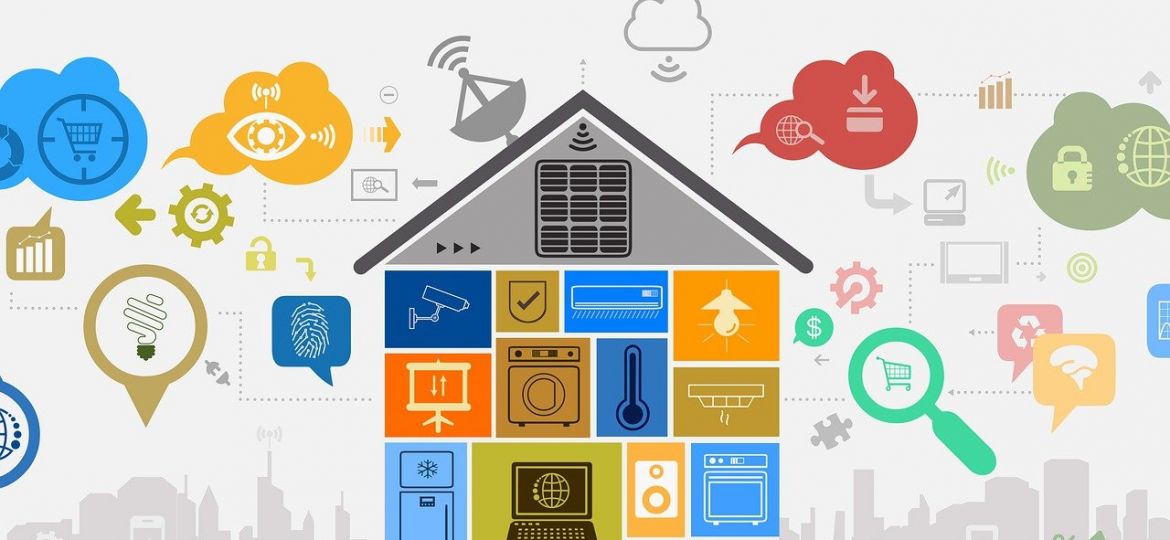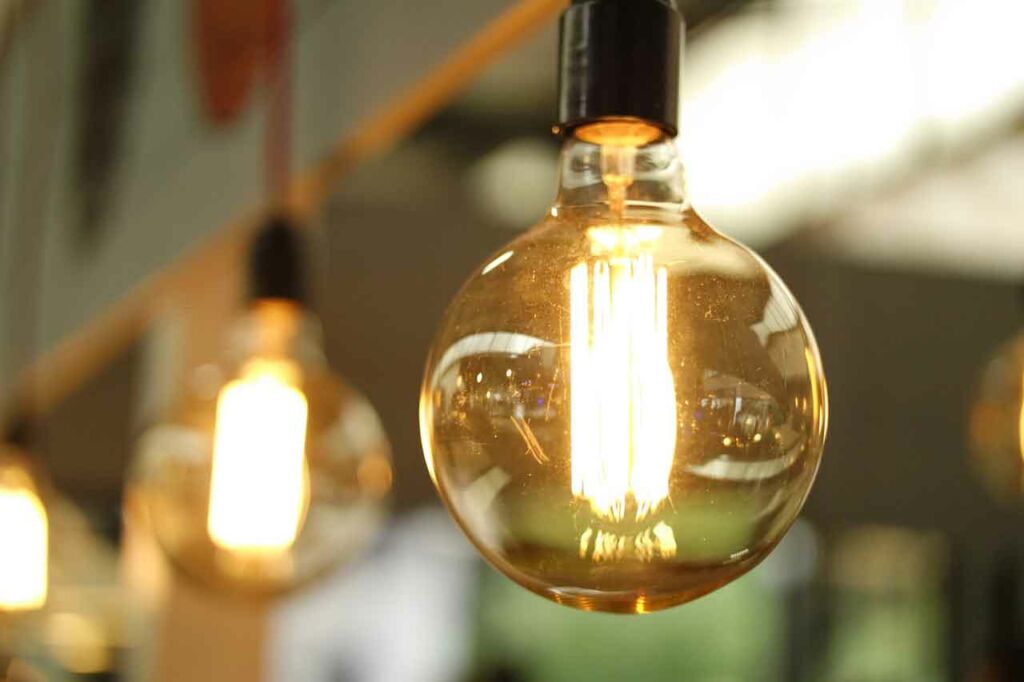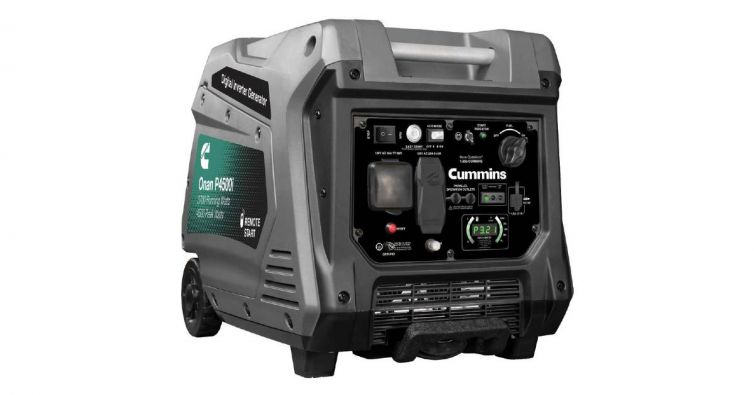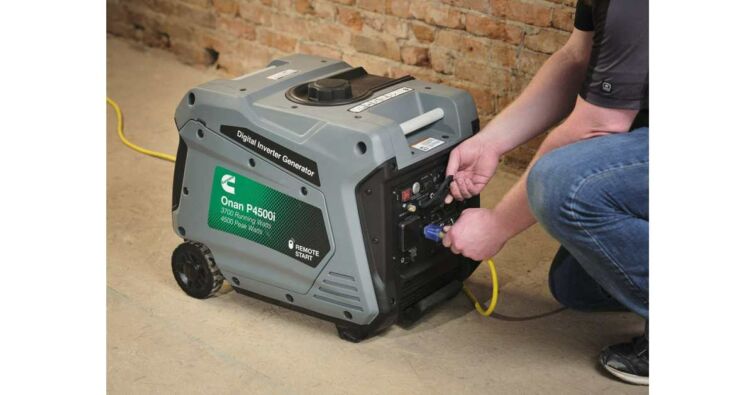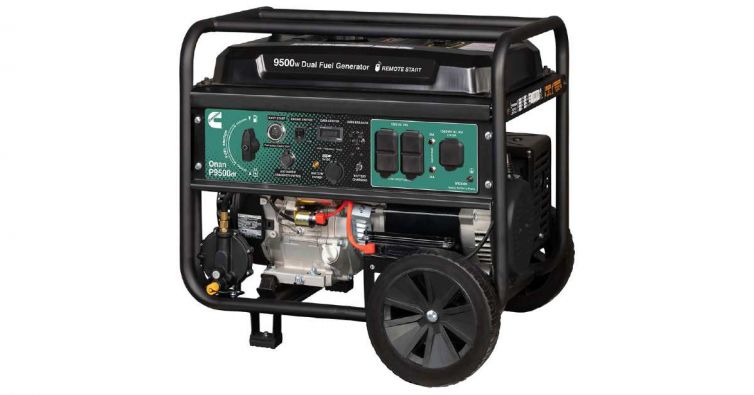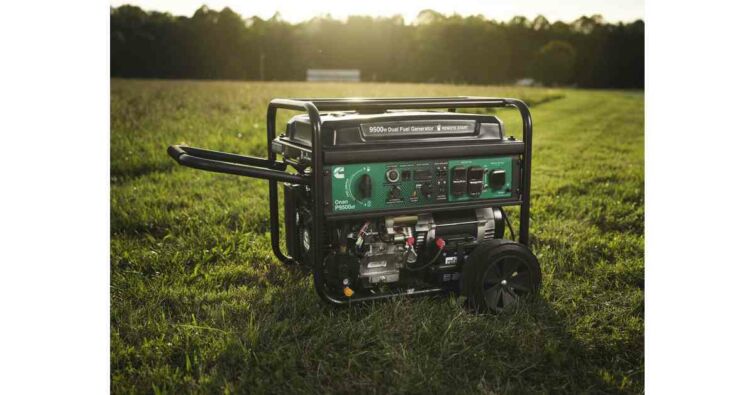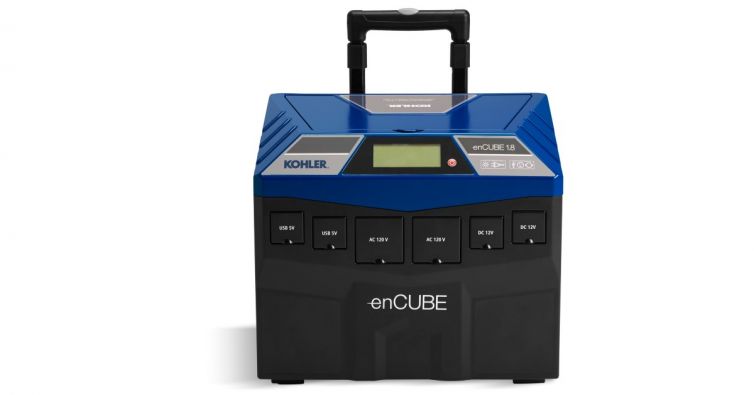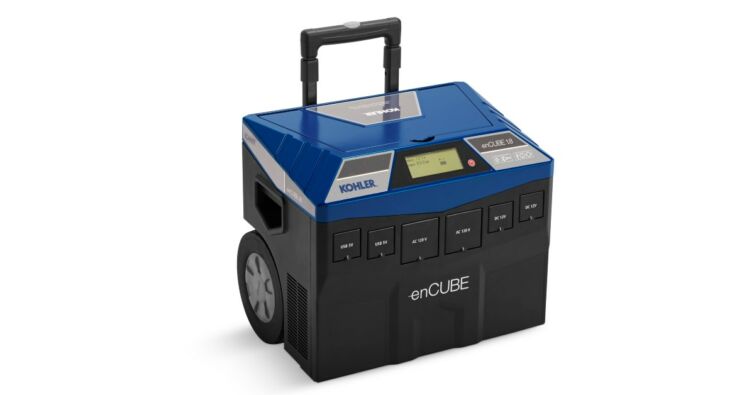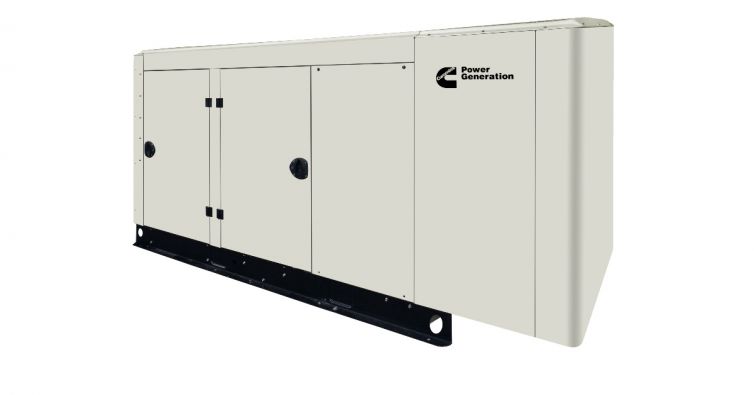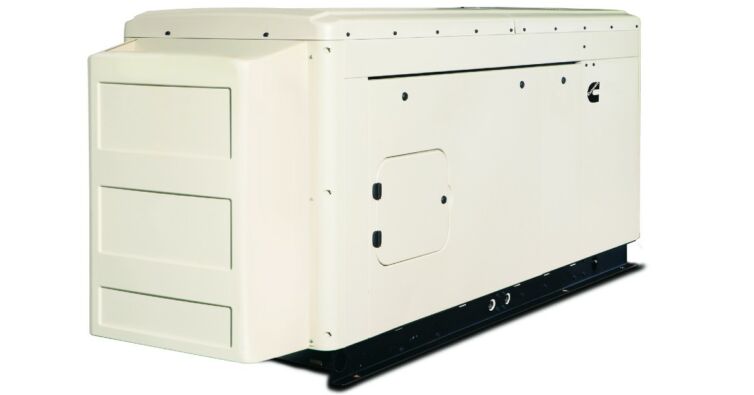In our daily lives we are probably more dependent on the continuous flow of electricity than we are aware of. As population continues to grow and the consequences of climate change show themselves through increasingly extreme and sudden weather, the continuity of public services are stressed. Power failures notably increase regardless of where you are in the world. The solution? Get a home generator, an alternative source of electricity generation, for your home.
Why is it important to have a source of electricity generation at home, independent of the electrical grid?
Spending a few hours without electricity can be annoying, but spending days or weeks without electrical service can cost a high price and even endanger the lives of loved ones.
In addition to wasting food, a normal power outage can mean going through cold winter days without heating or hot summers without air conditioning. It can cause flooding, knock out a security system and put property at risk. If we also include older people in the impact analysis equation, people with specific medical needs, the consequences of not having continuous availability of energy can even cause death. These are all good reasons to consider purchasing a home generator, a backup power source for home use.
Ok…this is all understood, but how do I know what I need to do when buying a home generator?
Home generator models. Two options to choose from.
There are two basic models of home generators: fixed generators and portable generators. Unfortunately, despite the fact that there are a large number of guides and articles available on the internet, they do not always sufficiently emphasize the advantages and disadvantages of these types of electric generators for the home. Therefore, we will start by explaining a little basic information about the differences and the implications of choosing each.
Portable home generators.
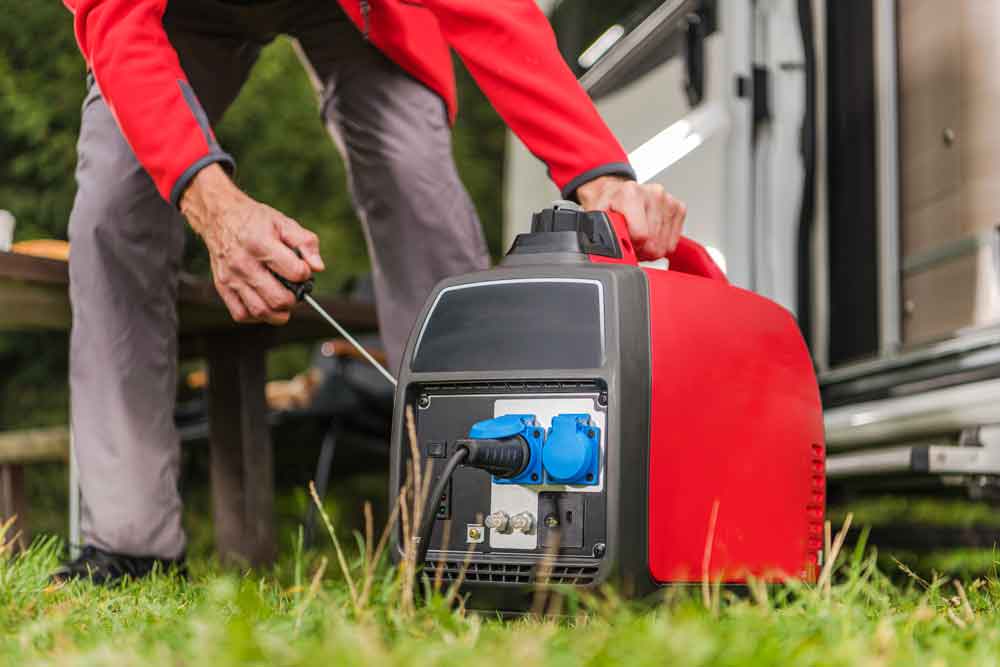
Portable generators are for small loads, between 1000 – 17,500 W approximately. They are perfect to be transported by hand, and there are larger models that are transported with the use of wheels. These types of generators are the right selection if the generator needs to be used in various places or to have electricity for a limited time for a few devices in the home.
When you need to use a portable generator, you have to take it out of storage, turn it on manually, and plug it into your equipment. There are no portable devices that turn on by themselves. Gasoline and diesel electric generators come with a fuel tank. On the other hand, propane generators have to be connected to an external LPG tank. Devices that already contain a tank require frequent refueling. Depending on your load, the period of operation can vary from 5 to 8 hours per tank.
If you need to buy an quality portable generator at the best market price and with the best technical support, here is a list of generators that you can buy in our web store!
SKU: A058U955
SKU: A058U967
Thank you!
We will contact you soon.
Advantages and disadvantages of a portable home generator.
Portable generators are much cheaper. Unlike fixed home generators, they do not have to be connected to the electrical installation of your house unless you want it to be. The control panels have outlets of various types to connect your various devices directly. Due to its small size and weight, you can move the generator to the place where you need it. You can use it at home or when you go camping.
A portable generator won’t work when you want to connect lighting, heating, water pumps, or anything that is directly wired to your home’s power lines. This is something homeowners usually don’t realize and sellers probably don’t mention.
You may be wondering why you can’t connect your electric generator to the power grid. First of all, it is illegal and very dangerous to plug any power source into electrical wiring that is connected to a power grid. If you’re trying to power your house you’re also bringing the voltage back to the lines at full power. This can harm neighbors as they may think there is no voltage. Apart from this, in case you are the only one that has suffered a power outage, you will be supplying power to all the nearby houses. This will likely overload your electric generator and trip your circuit breaker.
Finally, a normal electrical network is rated for more amperage than a portable generator can handle. If it is given a higher current, it may overheat the plug and cables, which can cause a fire.
If you want to power your household appliances and lighting from a portable backup source, you’ll need a transfer switch. In this case it will have to be manual and not automatic. This connection method is the most secure, but you will still need professional installation, permits, inspections, etc. The advantage is that an installation like this is still cheaper than a fixed one. This is because portable generators are cheaper than fixed ones and manual switches cost less than automatic ones.
Fixed home generators.
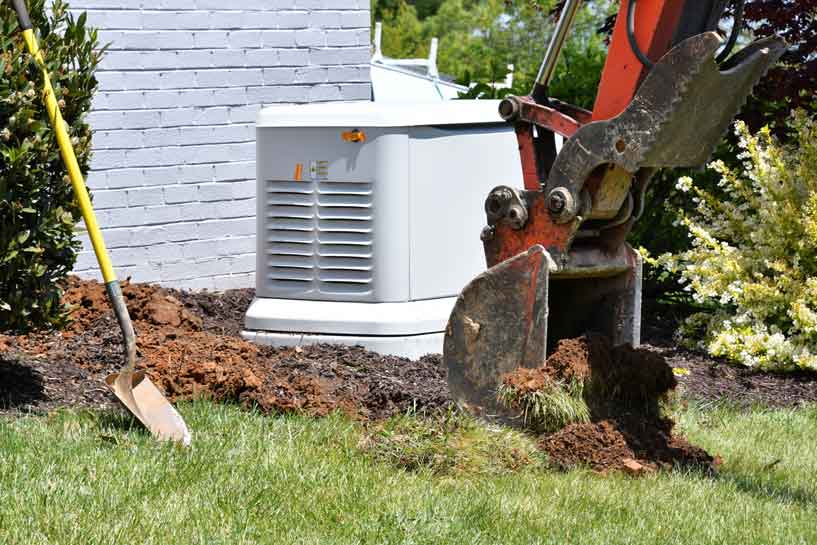
Fixed electric generators are the right option if higher power capacity and a longer, even continuous service, are required. Fixed electric generators can also be used in Stand By mode, during sporadic power outages, to power a considerable number of devices.
At Brags & Hayes we strive to guarantee you the best prices on the market, the best pre-sales service and the best after-sales service so that your investment in energy operate optimally over time. Remember, it’s not just buying the generator, it matters that you buy the on that you need and it matters what happens after you buy it.
If you need to buy a quality fixed generator for your home, at the best market price and with the best technical support, here is a list of generators that you can buy in our web store!
SKU: A054F852
SKU: A054F857
SKU: A054F849
Advantages and disadvantages of a fixed home generator.
These generators have a very large electrical load capacity and a transfer switch (ideally automatic), to feed the local electrical network. Without the presence of this device it is not possible to connect the electric generator directly to the house.
They are coupled to a fuel source that can be the same as that used for heating: natural gas, propane or diesel. (Each device is designed for a specific fuel).
A fixed home generator’s power ranges from 6 kilowatts to tens of kilowatts, so you can always choose the right model that supplies electricity to your entire house, including air conditioning, heating, water pump, appliances, among many others.
In automatic mode, this system will activate only when it detects a power outage and will stop when nominal power is restored.
The great disadvantages of fixed generators, as expected, is that the more power the electric generator has, the more expensive it is. A specialized technician is required to carry out the installation with due care. It is also important to consider periodic specialized preventive maintenance that guarantees the long life for these types of generators.
But, What type of home gererator do you need?
Here we share an interesting video that answers this question from the Cummins brand that we sell in our web store.
Buying the right electric generator for home use involves answering several important questions:
- How much power do you need?
- When do you need the electric generator?
- How often do you think you will need to use the electric generator and for how long?
- Do you have the possibility to transport an electric generator of about 50 kg?
Situations in which it is preferable to have a fixed generator system:
- Your house requires more than 17 kW of power.
- You want to be prepared for long-term power outages.
- You want it to work automatically.
- You don’t want to have to carry the device around.
Situations in which it is preferable to have a portable electric generator:
- You need backup electricity immediately without installations and the need to hire an installer.
- You want to spend less than US$1,700.
- You want to have your power source available at home and when you go camping.
How can I calculate the power needed to ensure power for all the devices in my home?
It is essential that the generator you buy can cover all the residential energy demands that you have in mind, as this will allow the perfect functioning of all household appliances and other home devices.
For this you need to take the following steps:
1. Make a list of the devices that will receive the power supply from the generator, such as a refrigerator, lamps, TVs, security cameras, alarms, electric fences, etc.
2. Find the kVa value by adding the powers in watts of all the equipment and then divide the total by 100. Normally the kVa values are available on the manufacturers’ websites, in the user manuals and even on the devices and equipment themselves, on a plate that usually has information on electrical consumption.
3. Add up all the values.
4. Then add add another 20% to the resulting figure. Remember, the equipment spends more energy at the time of turning on and this value must be accounted for.
5. Compare the result with the power that is specified for the home electric generator that you want to buy.
The Brags & Hayes team hopes that this content will help you make wise decisions regarding the home generator that you really need. And remember that we are here to serve you and help you make an intelligent purchase based on your real needs. You can request support from our customer service department at the following link: Customer Service.


